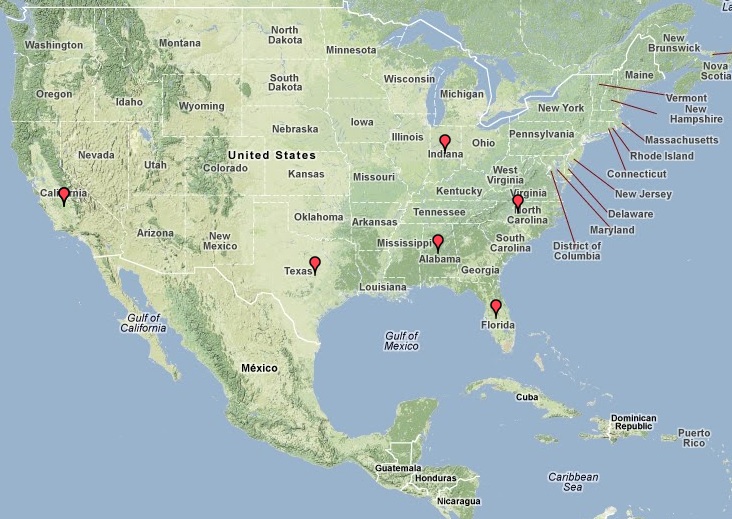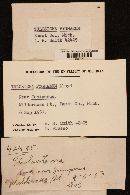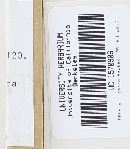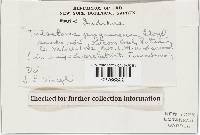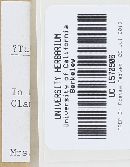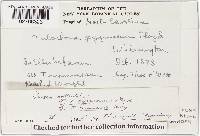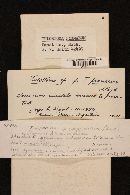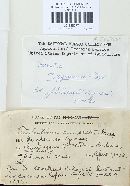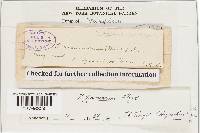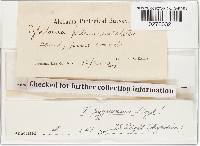
|
|
|
|
Family: Agaricaceae
|
Wright J.E. 1987. Bibliotheca Mycologia 113: 184. Tulostoma pygmaeum Lloyd (Fig. 127; Pls. XXVII: 5;XLII:2) - The Tylostomeae, p. 16, pl. 78, figs. 3-4. 1906. Etym.: The name refers to its small size. Spore-sac relatively small, up to 8 mm diam on the average. Exoperidium hyphal, with threads mixed with soil particles and detritus, partially persistent. Endoperidium silvery grey to whitish, not smooth, with scars of sand grains and remains of the exoperidium in the form of a greyish reticulum. Mouth tubular. Socket conspicuous, separated from stem, with a thick, entire membrane. Gleba light ferrugineous. Stem up to 20 x 1.5 mm, longitudinally striate, straw to wood colour, ending basally in a mycelial pad. Spores globose to subglobose, verrucose with almost spiny verrucae which are blunt and sparsely distributed, very conspicuous under L.M., coloured, 4-5.9 µm diam, the verrucae uneven; under SEM, the ornamentation appears as conical to slightly blunt spines formed by several segments. Capillitium slightly yellowish to hyaline, branched and septate; threads thin to thick-walled, lumen in parts lacunar, usually visible, not swollen at the inconspicuous septa, disjointable; 2-6.8 µm diam. Habitat: among litter. Distribution: North America: United States, Canada, SE Mexico; Africa: South Africa; Australasia: Australia. South America: Argentina. The Caribbean. Holotype: United States, Texas, Denton, leg. Long (Herb. Lloyd no 4473, BPI!). Illustration: Lloyd (op. cit.). |
|
|
|

